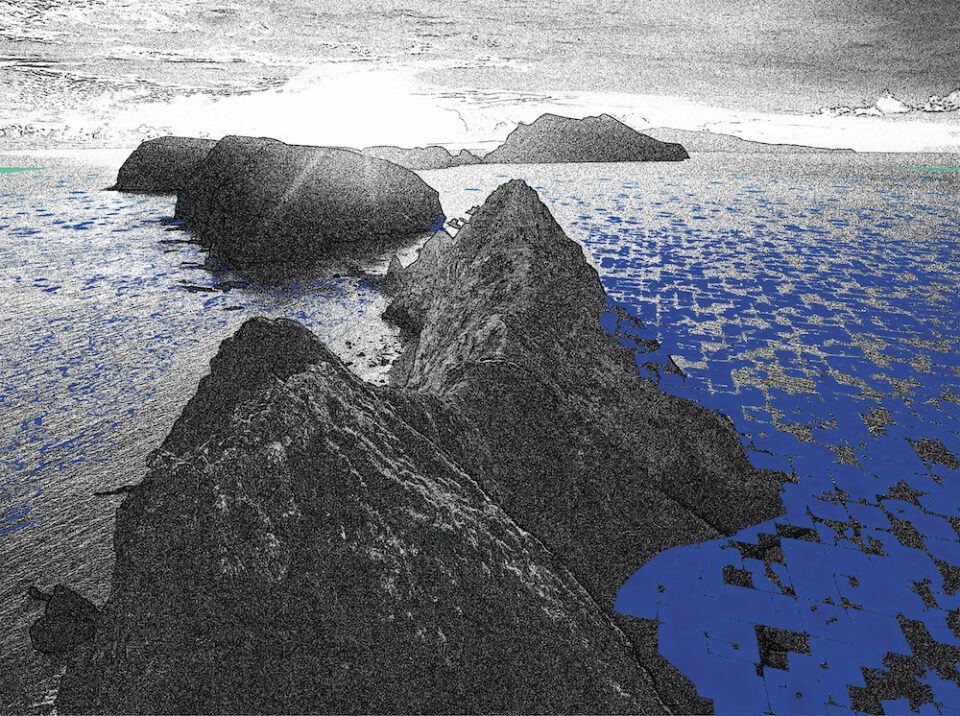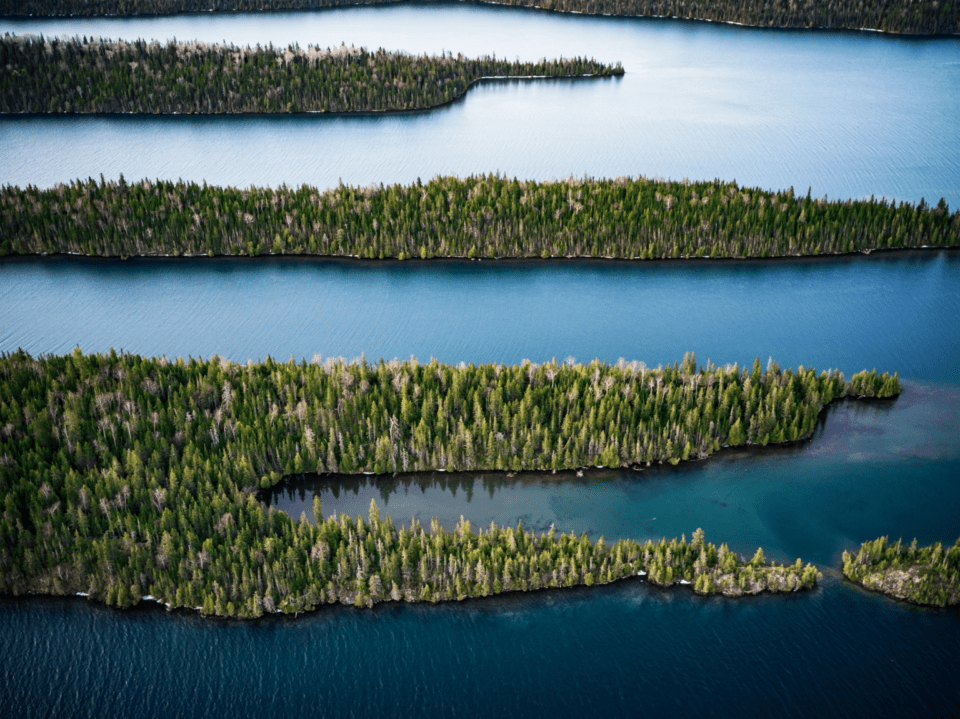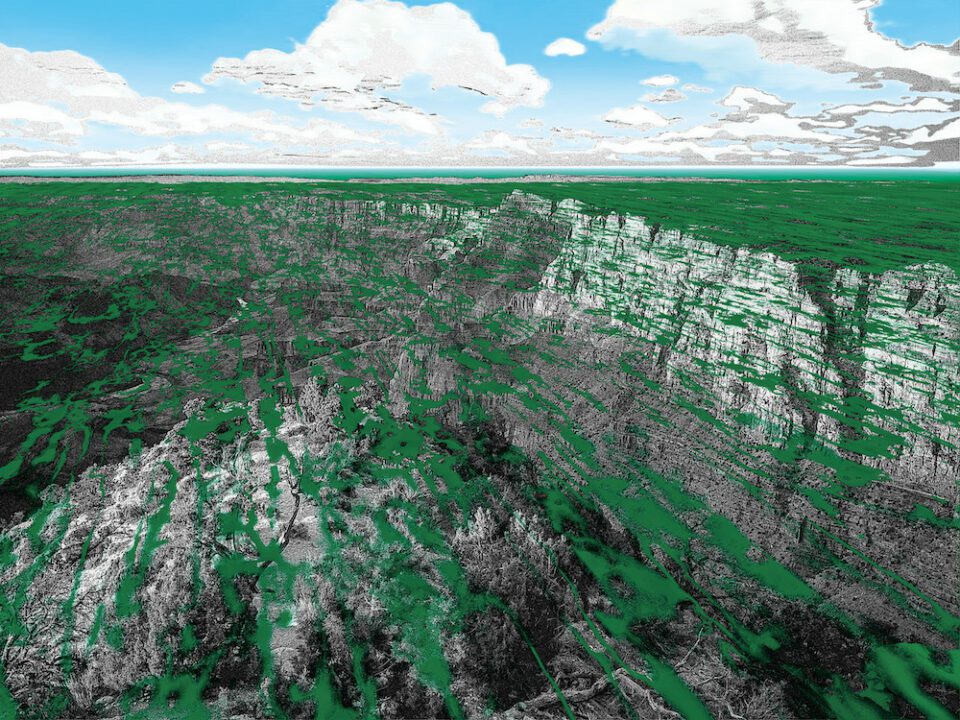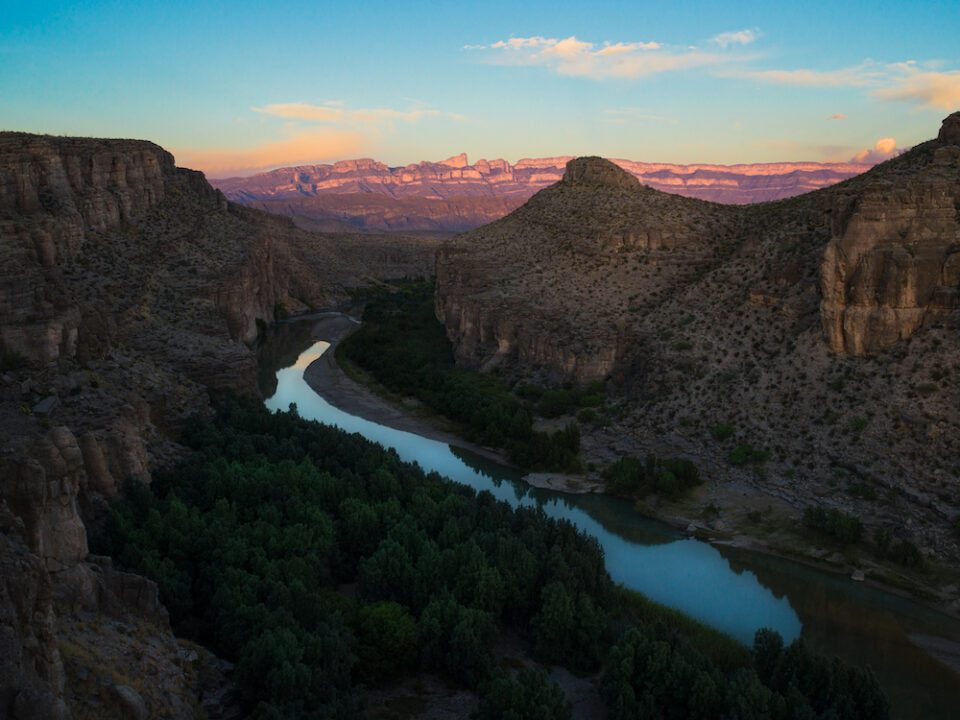Pokémon Go is a worldwide phenomenon. Since its launch in 2016, the mobile app has been downloaded more than one billion times – reaching a peak of 232 million active players within 12 months of launch. The game uses Augmented Reality and location tracking to place collectable ‘pocket monsters’ in places across the real world, and has made headlines for causing large crowds of people to rush to gather rare Pokémon. The frenzy culminated in a stampede in August 2016, as users in Taipei chased a Snorlax.

Beyond its visual charm and nostalgic appeal, the popularity of the Pokémon Go app raises myriad questions about life in the 21st century. How is our relationship with smartphones and devices changing? In which spaces do we spend the most time – the digital or the real? Statistics suggest we spend upwards of seven hours per day looking at a screen. Now, artist, author and lecturer John Mack addresses these points through an immersive artwork – combining Pokémon Go’s artificial, digitally mapped landscapes with imagery of more than 50 US National Parks and the Seven Natural Wonders of the World.

“Humans are a species between worlds,” Mack says. “We’re on a mass-migration from the natural world to the digital world, abdicating our natural spaces while expanding digital ones. Smartphones, designed to be tools, have become our reality — and with every swipe, tap and pinch, our humanity is being exported, little by little. I really wanted to do a show that could bring to life what it is we’re putting behind us, what it is we’re chasing, and ask: is it really worth it?” The resulting exhibition is now open in New York City.

A Species Between Worlds: Our Nature, Our Screens continues throughout September. Audiences encounter digitised versions of famous vistas and are encouraged to use an app to guide them ‘between worlds.’ “If you take the camera and hold it up to any of these images on the wall, you see the natural image on the phone through the app,” Mack explains. “I’m reversing the augmented reality equation. What these images do is make you question: “What is my relationship to nature and to technology and who am I?””

Oftentimes, media speculation surrounding the future of technology can lean towards the sinister: Blade Runner, Ex Machina, I, Robot. “I’m very consciously not anti-technology, but rather I aim to foster mindfulness so that our devices serve as our tools and not the other way around,” says Mack. As such, the programme includes a series of talks and events, free to the public, that focus on the increasingly slippery boundary between our humanity and technology. Highlights include Facebook whistleblower Frances Haugen and a conversation with Yuval Noah Harari, author of Sapiens: A Brief History of Humankind.
A Species Between Worlds: Our Nature, Our Screens
537 West 27th Street, New York, NY 10001
aspeciesbetweenworlds.com
September 1 – 30, 2022

John Mack is an artist, photographer, author, lecturer and the founder of the non-profit initiative Life Calling, whose mission is to foster awareness and balance for society in the digital age. Mack also serves as a board member of Fairplay, and is a 2022 honouree of The Explorer’s Club 50. He has served as an adjunct lecturer for the graduate programme of Design at the University of Lisbon. He currently lives between London and Seville.
All images courtesy John Mack, from A Species Between Worlds: Our Nature, Our Screens.





